Suica card is one of the most popular IC cards in Japan that serves as a convenient payment method. It's provided by JR East, a major operator in the Tokyo, Niigata, and Sendai regions. That's why travelers arriving at Narita or Haneda airports oftentimes choose this card.
Not long ago, Suica introduced a new version called "Welcome Suica." Designed for international tourists visiting Japan, this variant offers distinct features compared to the traditional Suica card.
With Welcome Suica, many foreign visitors find themselves unsure of whether to stick with the classic Suica or try the new one. Each option presents unique benefits and drawbacks.
In this article, I'll share some differences between Suica and Welcome Suica cards. By the end, I hope you'll gain the clarity needed to confidently choose the card that best suits your needs in Japan.
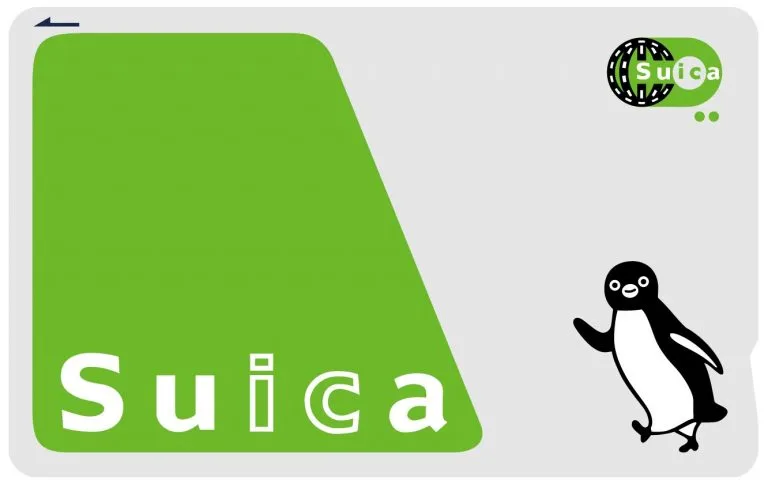
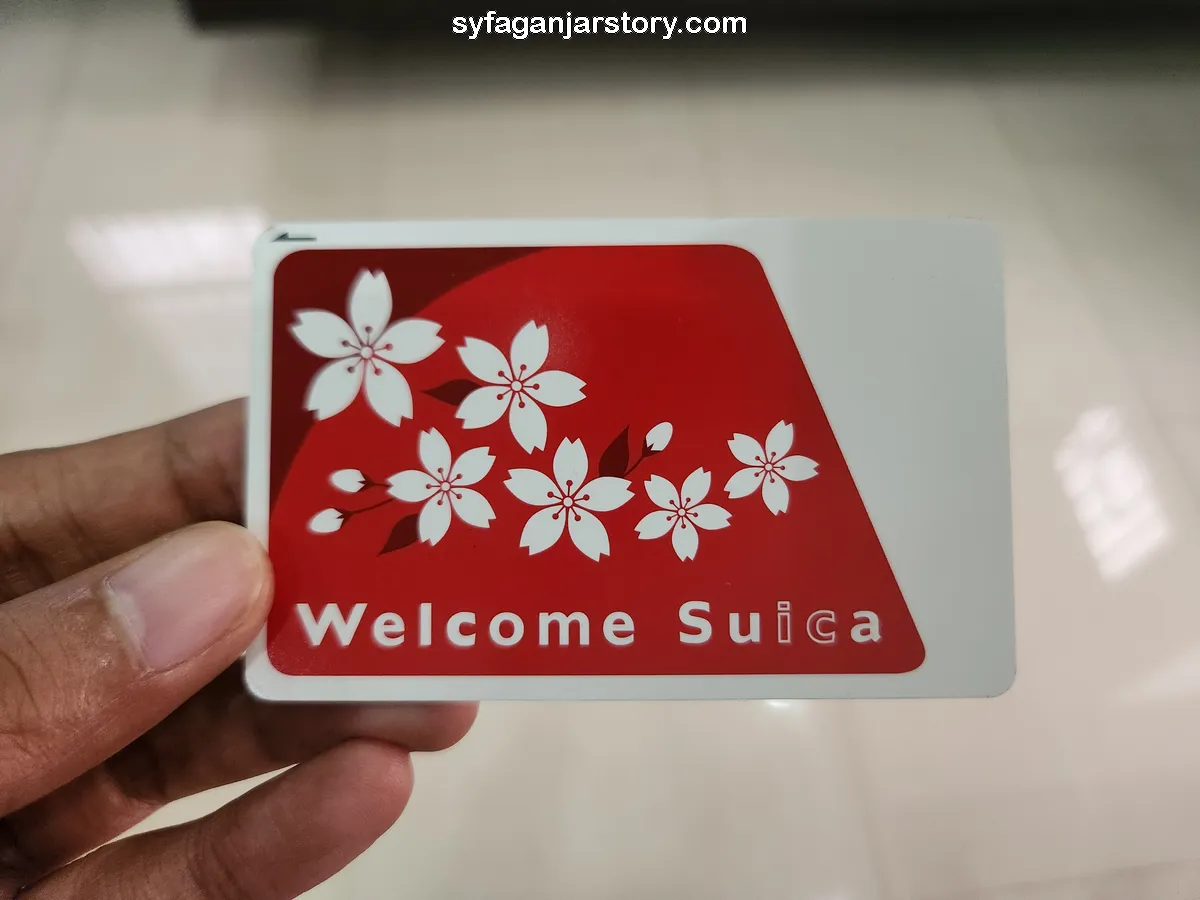
The most noticeable difference between the Suica and Welcome Suica cards lies in their design. The traditional Suica card is easily recognized by its signature green background adorned with a penguin at the bottom corner.
In contrast, the Welcome Suica card has a vibrant red hue. Instead of the familiar penguin, it features a cherry blossom design, celebrating Japan's national flower.
Suica cards are valid for an impressive 10 years. This long validity makes them ideal for visitors who plan multiple trips to Japan, so visitors don't have to purchase a new card for each visit.
On the other hand, the Welcome Suica has a much shorter validity of just 28 days. After this period, the card cannot be used. However, its unique design transforms it into a memorable souvenir or gift once its use is over.
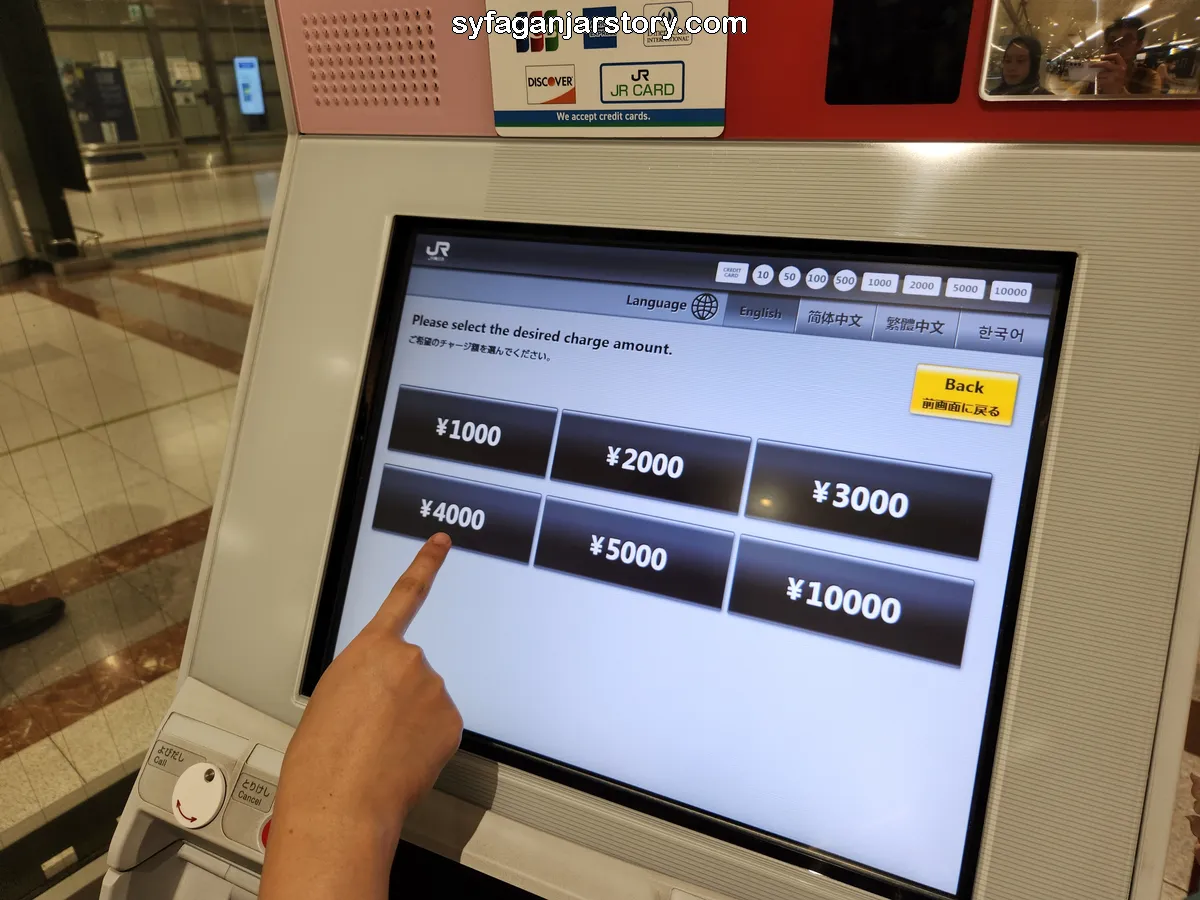
Getting a Suica card involves a 500 yen deposit, which is held as part of your balance and is not immediately available for use. This deposit is refundable upon returning the card when it's no longer needed.
On the contrary, Welcome Suica card does away with the deposit requirement. This means if you load 1000 yen onto the card, the entire amount is yours to use. As a result, there's no need to return the Welcome Suica card once it's out of use.
A key difference between the Suica and Welcome Suica cards lies in their refund policies. With a Suica card, you can reclaim both the deposit and any remaining balance when you no longer need the card.
However, this is not the case with the Welcome Suica. Any balance left on the card is non-refundable and will automatically be forfeited once the card expires after 28 days.
That's why you need to be wise about how much you top up on a Welcome Suica card to avoid losing money when it expires. If you plan on adding a quite larger amount, a regular Suica card might be a better choice due to its longer validity and refundable balance.
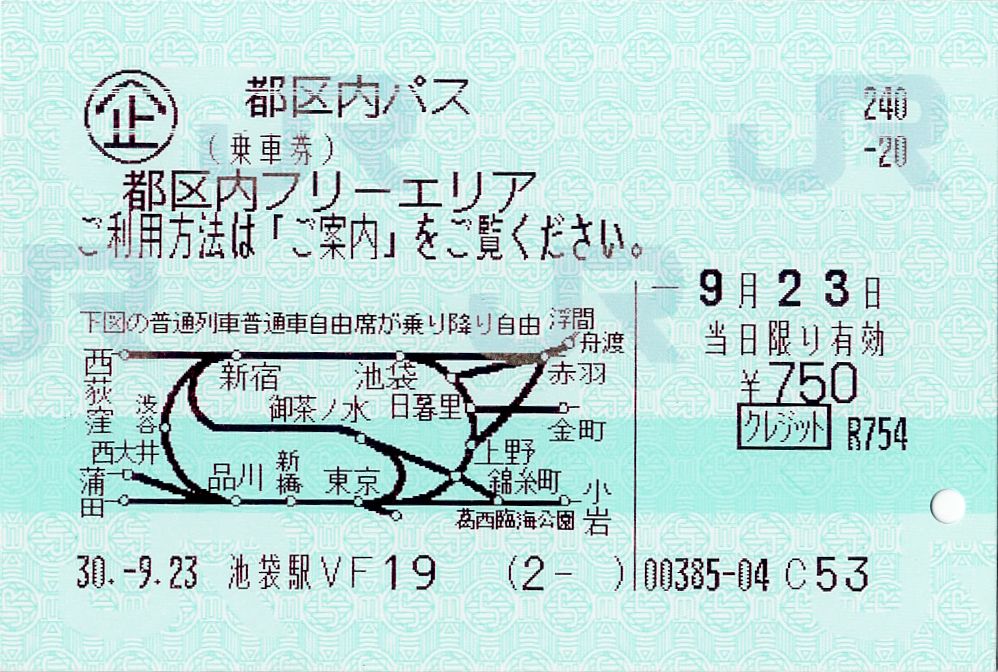
In Japan, besides single-trip train tickets, there are also multi-trip ticket passes available at a reduced cost. These are typically sold as magnetic paper tickets that need to be inserted at train station gates upon entry and exit.
Take, for instance, the Tokyo 1-Day Ticket (Tokyo Free Kippu), which offers unlimited access to all train-based transportation in Tokyo for just 1600 yen per day – a more economical option compared to using an IC card or standard tickets.
With the Welcome Suica, you can purchase these ticket passes and store the data directly on your card. So, you don't need to carry around the magnetic paper tickets, as all necessary information is stored in your Welcome Suica.
It's important to note, though, that not all ticket passes are compatible with the Welcome Suica. For a detailed list of compatible ticket passes, you can refer to the provided link.
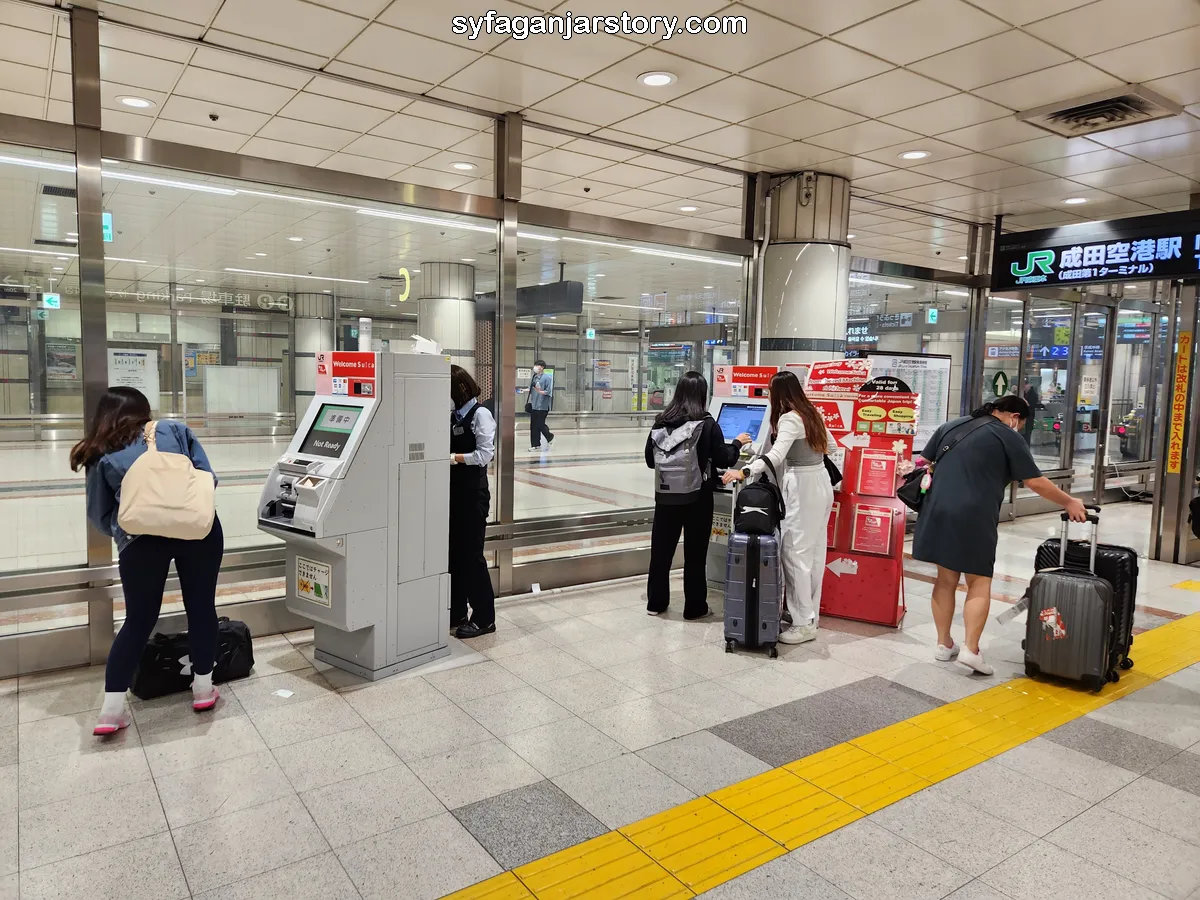
The Suica card is widely available within the JR East service areas. You can purchase it from vending machines or ticket offices at any JR station in Tokyo, Niigata, and Sendai.
In contrast, the Welcome Suica card, specifically aimed at foreign travelers, is only available at select locations popular with tourists, such as Narita and Haneda airports. To find the most current information on where to purchase a Welcome Suica card, you can visit this link.
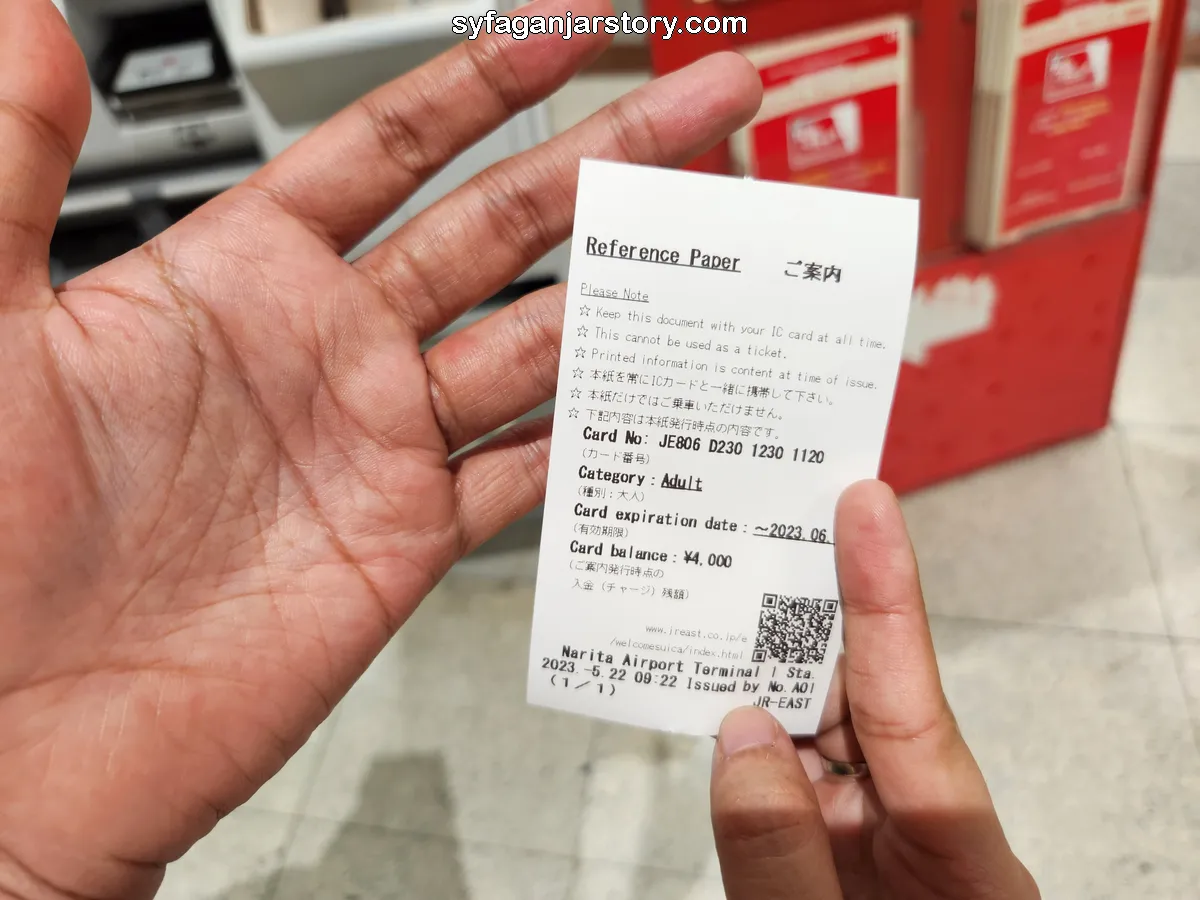
When you buy a Welcome Suica card, either from a vending machine or a ticket office, you'll receive a Reference Paper. This document details the card's validity period, any ticket passes you've purchased, and other relevant information.
It's crucial to always have this Reference Paper with you, as officers may ask to see it as proof of your Welcome Suica card ownership.
Conversely, the regular Suica card does not come with such a Reference Paper.
These seven points highlight the main differences between the Suica and Welcome Suica cards. Apart from these distinctions, both cards function similarly, usable throughout Japan for transportation and various other payments.
There is no difference in the usage or top-up process for either card. You can easily add funds to your Welcome Suica at the same vending machines and locations where Suica card top-ups are possible. Now, with these insights, which card will you choose for your travels in Japan?

